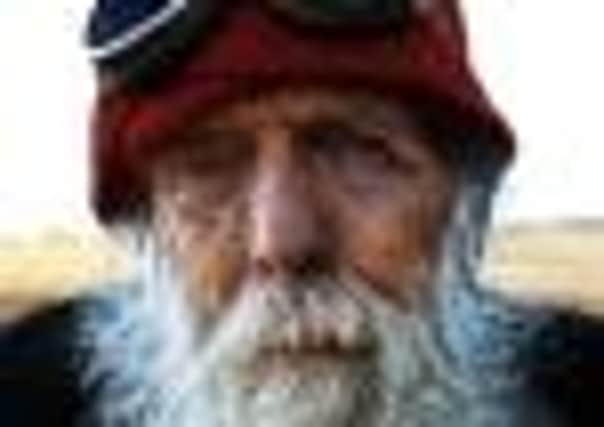Roger Cox: ‘Sorting out the myths from the legends of outdoor pursuits is something of an epic task’


Click the Multimedia Link to view the full photo gallery »
Since I started writing this column in the autumn of 2009, I have become dimly aware of overusing certain words – particularly the adjectives “epic,” and “legendary”. I do my best to drop the “E-bomb” and the “L-bomb” as infrequently as possible, but as I spend a lot of my time writing about legendary people undertaking epic adventures, these expressions inevitably find their way into print more often than I’d like. The trouble with the interweb, of course, is that rather than vaguely suspecting I’m guilty of flogging these words until they become meaningless epithets, I can find out exactly how many times I’ve used them (and, by extension, how limited my vocabulary has become since I last bothered to rifle through a thesaurus). So “epic”? Deployed an embarrassing 17 times since September ’09. “Legendary” (or “legend”)? An only slightly less embarrassing 15 times. As I say, I’ve used these words in reference to some pretty epic things – Patrick Winterton paddling his kayak 400km from Stornoway to the Faroe Islands, for instance, or Laird Hamilton surfing 70-foot waves on Maui – and some pretty legendary legends too: trailblazing Scottish climbers Jimmy Marshall and Robin Smith, Colorado ski cowboy Ray Heid and Canadian Olympic ski heroine Nancy Greene, to name but a few. But have all the things I’ve described as “epic” really been epic? Have all the “legends” really been legendary?
I started scratching my head about this the other week after taking delivery of a new book from Kari Herbert’s very stylish indy publishing house, Polarworld. (Kari, incidentally, is the daughter of the legendary polar explorer Sir Wally Herbert, who in 1969 achieved the epic feat of becoming the first person to reach the North Pole on foot.) The book is entitled Mountain Heroes: Portraits of Adventure, and it contains 100 beautifully presented photographic portraits of mountain men and women, each accompanied by a crisp, pithy bit of biog written by the historian Huw Lewis-Jones. Most of the big names of the mountaineering world are present and correct, from Everest icons Mallory and Hillary to modern masters Steve House and Ueli Steck. Scots are well-represented, too. In addition to Marshall and Smith, there are portraits of Dave MacLeod, Hamish MacInnes, Adam Watson, Andy Nisbet and Dougal Haston. It’s a wonderful book for dipping into – each fresh combination of image and text provides another mini-adventure for the mind, a glimpse of another remarkable life story. Yet it also begs the question: what exactly makes someone a legend? Or indeed a hero, as per the book’s title?
Advertisement
Hide AdAdvertisement
Hide AdIt’s a slippery problem, and one Lewis-Jones sets out to answer in an intriguing introductory essay. He sums up by claiming that all the people in his book are heroes “in different and surprising ways” – I suppose he doesn’t have much choice under the circumstances – but he also observes that there’s more to heroism than mere physical prowess: “This book is not just an album of figures who have climbed to the top, but also those people who have shown innovation and humanity on their way to the summits.” Judged by those criteria, perhaps another Scot, Alexander Kellas, might have been worthy of inclusion somewhere, but I digress ...
What Lewis-Jones is getting at is a distinction that stretches all the way back to classical antiquity, to the differences between Achilles, hero of the Iliad, and Odysseus, hero of the Odyssey. There’s never any question that Achilles is the mightier warrior of the two, but he’s arrogant and petulant and, frankly, a bit of an arse. Odysseus, on the other hand – “resourceful Odysseus” as Homer frequently calls him – relies on brains rather than brawn to overcome his enemies. He learns the value of tact and humility and, as a consequence, his story makes for a much better read. To put it another way: you have to live a legend in order to become one. Looking back, then, I stand by all 15 of my uses of the word “legend”, but in future I promise only to use the word “epic” in relation to poetry.